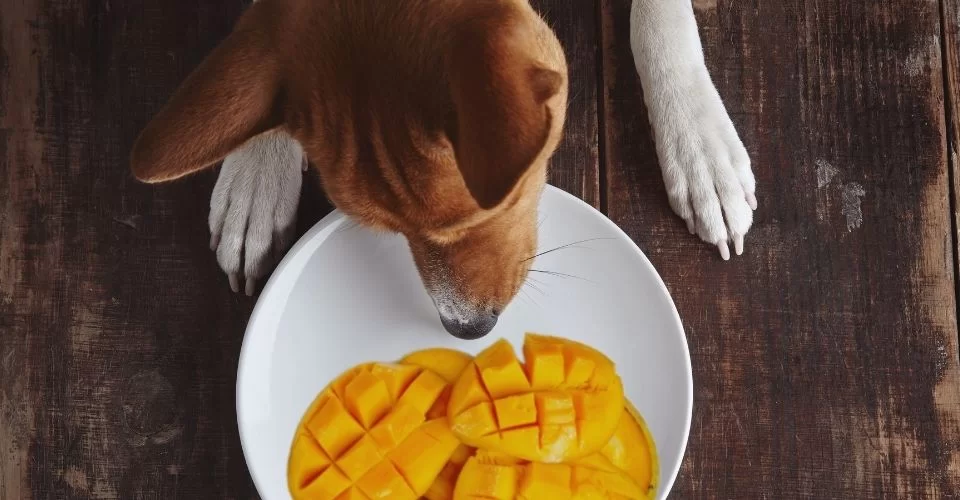Are you looking to add more vegetables to your dog’s diet? Vegetables can be a healthy supplement to a balanced dog diet. They provide important vitamins, minerals, and fiber.
However, not all vegetables are safe or ideal for dogs. Some contain toxins or compounds that can be difficult for dogs to digest. That’s why it’s important to choose dog-friendly vegetables when supplementing your pup’s meals.
In this article, we’ll discuss the 10 best vegetables for dogs and provide tips on how to properly feed them. Keep reading to learn which veggies your furry friend will love and benefit from the most!
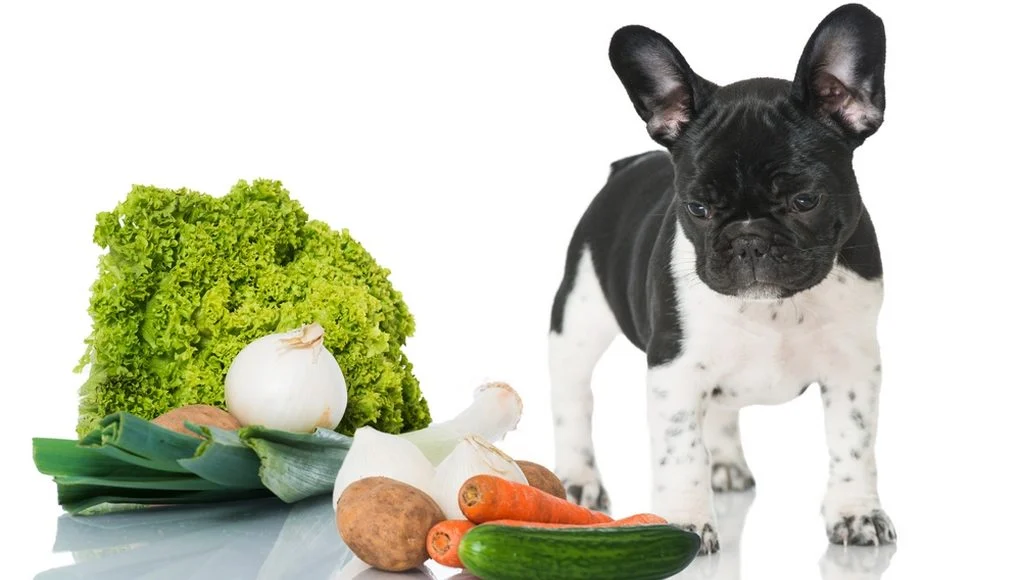
What Are the Benefits of Vegetables for Dogs?
Before we dive into the top 10 list, let’s discuss why vegetables can be a great addition to your dog’s diet. Here are some of the main benefits:
- Nutrition. Vegetables provide important vitamins and minerals like vitamin A, C, K, iron, calcium, and potassium. Different vegetables offer different health perks.
- Fiber. Most vegetables are high in fiber, which aids digestion and promotes regularity. Fiber also helps dogs feel full.
- Low calorie. Veggies are typically low in fat and calories, making them a smart choice for weight loss or maintenance.
- Disease prevention. Many studies show that produce may help prevent certain diseases like cancer or heart disease due to antioxidant and anti-inflammatory components.
Now that you know the major benefits, let’s look at 10 of the top options.
10 Best Vegetables for Dogs
1. Green Beans
Green beans are a nutritional powerhouse packed with vitamins A, C, K, and more. They’re also low calorie and high fiber. The firm texture helps scrape plaque off dogs’ teeth to promote better dental health. Chop the beans into bite-sized pieces and add to food or give raw for a crunchy, satisfying snack.
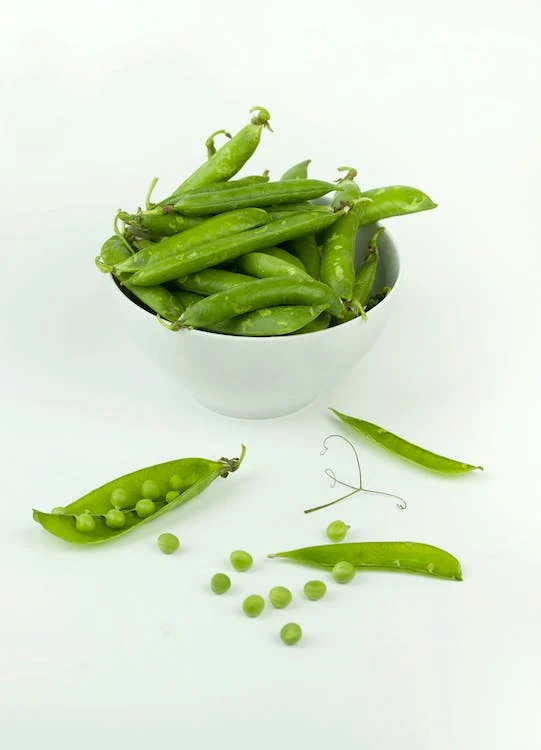
2. Carrots
Full of vitamin A and beta carotene, carrots are great for eye health. They also promote better digestion. Offer baby carrots raw or steam larger ones until just slightly soft. Don’t overcook them to keep the nutrients intact.
3. Pumpkin
Pumpkin offers vitamins A and C along with fiber. It’s very gentle on dogs’ stomachs, so it’s ideal for pups with digestive issues. Canned plain pumpkin works well. Avoid pumpkin pie filling which has added sugar. Start with small amounts to see if your dog likes the taste.
4. Broccoli
With vitamins C, K, fiber, calcium, and more, broccoli provides a big health boost. Chop the florets into small pieces before serving raw or cooked. The stems can be a choking hazard, so remove those first.
5. Sweet Potatoes
Sweet potatoes make an excellent dog treat. They’re packed with nutrients like vitamins A and C, beta carotene, and potassium. Bake or boil with no seasonings and mash or dice before serving. Focus on portion control, as they are higher in natural sugars.

6. Peas
As a good plant-based protein source, peas offer iron, zinc, potassium and vitamins A, K, C, and B. Feed frozen or thawed peas, chopping them small for easy chewing and digestion. Avoid canned varieties with added sodium.
7. Cucumbers
Staying well hydrated is important for dogs, making water-packed cucumbers a smart choice. Peeled and seeded, they provide vitamin K, potassium and a trace mineral silica for healthy joints and bones. Offer small pieces as a snack or additive to meals.
8. Brussels Sprouts
These mini cabbages offer fiber, folate, potassium, and alpha-carotene. Chop them up to avoid choking hazards. Cook them for better digestion or give them raw for crunch. Introduce brussels sprouts slowly if your dog is prone to gas.
9. Spinach
Spinach contains vitamin K, iron, fiber, potassium, calcium, vitamins A and C, and more. Chop raw spinach and mix small amounts into food. Cook it for dogs who tolerate the taste better warm. Don’t serve spinach every day due to oxalates.
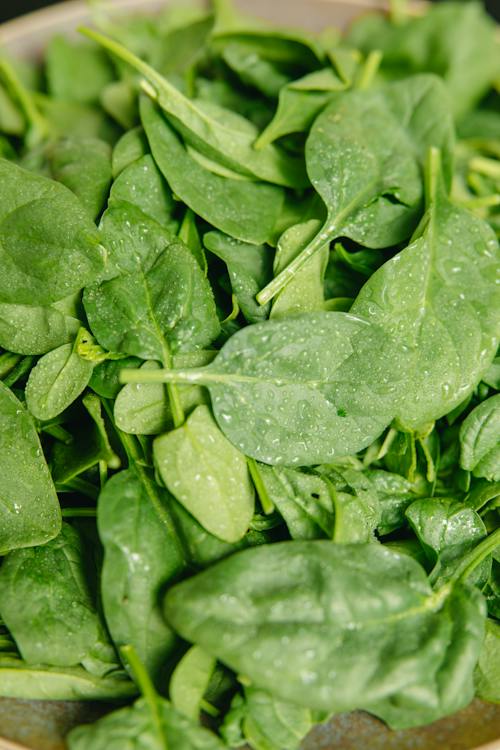
10. Bell Peppers
Red, yellow, orange and green bell peppers provide great crunch. Low calorie, they offer vitamin C, beta carotene and antioxidants. Remove seeds first and chop into strips or cubes for your pup.
Now that you know the top 10 vegetables for dogs, let’s go over some quick tips for adding them to your dog’s diet.
Tips for Feeding Vegetables
Follow these guidelines when introducing veggies to ensure safety:
- Start slowly with small amounts and only one new veggie at a time. Watch for signs of intolerance like diarrhea or vomiting.
- Always chop, cook, or blend to the proper texture. Vegetables should be bite-sized and tender for dogs.
- Don’t add any seasoning, oil, butter, or salt. Dogs should only have plain, unseasoned veggies.
- Avoid onions, garlic, avocados, grapes, raisins, and certain other produce. These can be toxic for dogs. Research safety first.
- Vegetables shouldn’t make up more than 10-15% of daily calories. Focus on quality protein and fats too.
- Introduce variety over time. Rotate through different vegetables to provide a range of vitamins and minerals.
With this knowledge, you can start supplementing your dog’s diet with vet-approved veggies. Just go slowly and stick to dog-safe choices. If you have any concerns, consult your veterinarian.
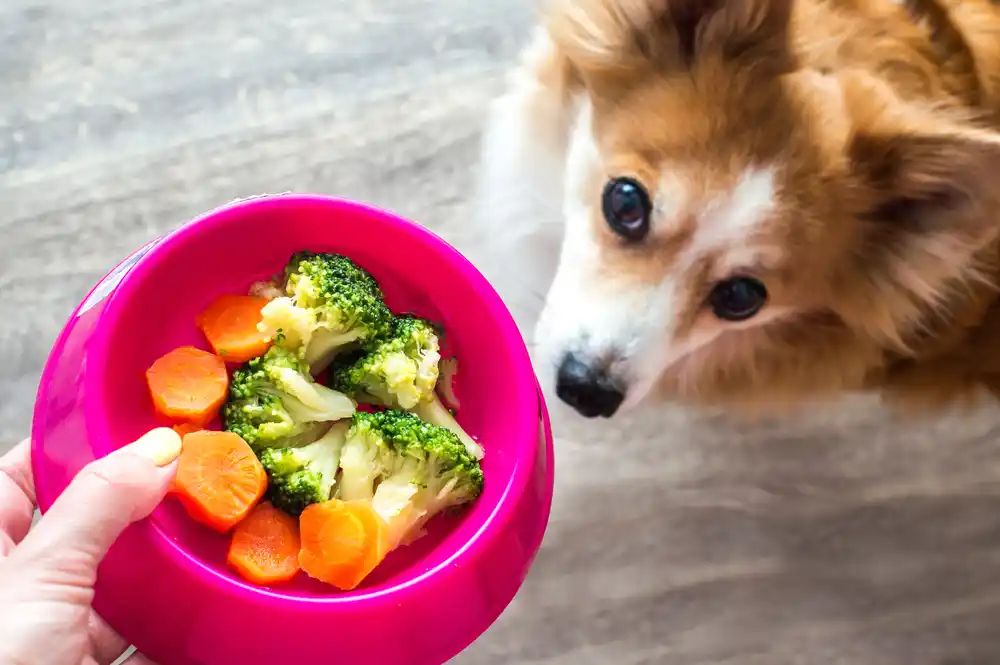
Frequently Asked Questions
How much vegetable should I feed my dog?
Vegetables should make up no more than 10-15% of your dog’s daily caloric intake. Start with just a teaspoon or two mixed into their food and gradually increase from there. Too much fiber at once can cause diarrhea or upset stomach.
Should vegetables be cooked for dogs?
It’s fine to give most vegetables to dogs raw, but cooking them can help break down fiber and make digestion easier. Try steaming, boiling, or microwaving with no added ingredients. Cooked veggies may also appeal more to picky pups.
What vegetables should dogs avoid?
Onions, garlic, chives, leeks, grapes, raisins, avocado, macadamia nuts, and rhubarb are some of the main vegetables and fruits dogs should not eat. Certain raw veggies may also be choking hazards whole. Do your research before introducing any new produce.
Can puppies eat vegetables too?
Yes, you can start introducing plain, cooked veggies as early as 8 weeks old. Great starter options include pumpkin, carrots, green beans, and sweet potatoes. Wait until at least 6 months old for raw veggies to reduce risk of intestinal issues.
Are there any benefits of raw vs. cooked vegetables?
Raw veggies provide maximum nutrients and enzymes, but cooking makes some vegetables easier to digest. Using both raw and cooked is ideal for a balance. Just avoid overcooking to maintain more vitamins.
What are signs my dog isn’t tolerating a vegetable?
If your dog experiences diarrhea, vomiting, excess gas, or other digestive upset after eating a veggie, stop serving it. Try again later in smaller amounts once their stomach has settled. Seek vet advice if symptoms persist.
Following a balanced, vet-recommended diet with the proper addition of dog-safe vegetables can provide many benefits. Hopefully this article gave you lots of vegetarian inspiration to try with your furry best friend! Let us know if you have any other questions.


